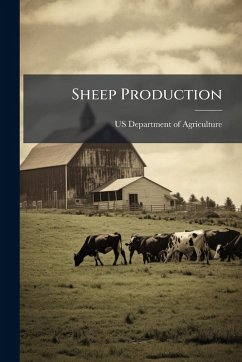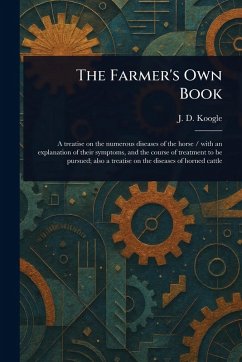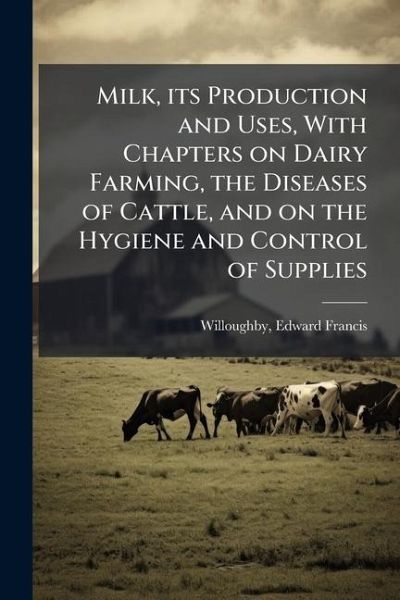
Milk, its Production and Uses, With Chapters on Dairy Farming, the Diseases of Cattle, and on the Hygiene and Control of Supplies
Versandkostenfrei!
Versandfertig in über 4 Wochen
23,99 €
inkl. MwSt.
Weitere Ausgaben:

PAYBACK Punkte
12 °P sammeln!
"Milk, its Production and Uses" by Edward Francis Willoughby, originally published in 1902, offers a comprehensive exploration of milk production, dairy farming practices, and the crucial aspects of hygiene and quality control. This meticulously detailed work delves into the intricacies of dairy farming, providing valuable insights into the care and management of cattle. Willoughby addresses the diseases that commonly affect cattle, offering practical guidance for prevention and treatment. A significant portion of the book is dedicated to the hygiene and control of milk supplies, emphasizing t...
"Milk, its Production and Uses" by Edward Francis Willoughby, originally published in 1902, offers a comprehensive exploration of milk production, dairy farming practices, and the crucial aspects of hygiene and quality control. This meticulously detailed work delves into the intricacies of dairy farming, providing valuable insights into the care and management of cattle. Willoughby addresses the diseases that commonly affect cattle, offering practical guidance for prevention and treatment. A significant portion of the book is dedicated to the hygiene and control of milk supplies, emphasizing the importance of safe handling and processing methods to ensure public health. This historical text serves as an invaluable resource for those interested in the history of agriculture, animal husbandry, and public health. Its detailed examination of early 20th-century practices provides a fascinating glimpse into the challenges and innovations of the time. This work has been selected by scholars as being culturally important, and is part of the knowledge base of civilization as we know it. This work was reproduced from the original artifact, and remains as true to the original work as possible. Therefore, you will see the original copyright references, library stamps (as most of these works have been housed in our most important libraries around the world), and other notations in the work. This work is in the public domain in the United States of America, and possibly other nations. Within the United States, you may freely copy and distribute this work, as no entity (individual or corporate) has a copyright on the body of the work. As a reproduction of a historical artifact, this work may contain missing or blurred pages, poor pictures, errant marks, etc. Scholars believe, and we concur, that this work is important enough to be preserved, reproduced, and made generally available to the public. We appreciate your support of the preservation process, and thank you for being an important part of keeping this knowledge alive and relevant.



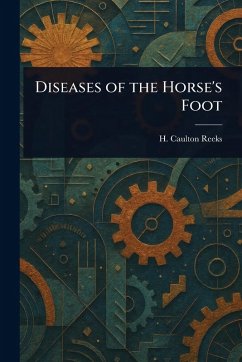
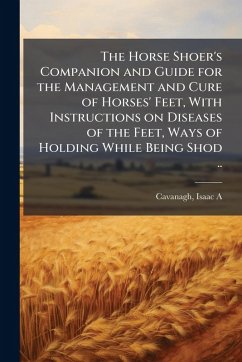
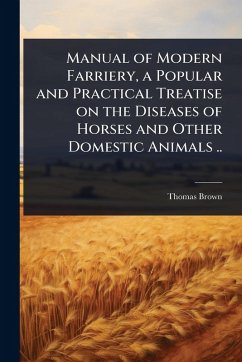

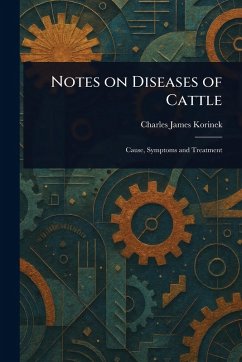

![Dairy Farming, Ranching and Mining in Alberta and Assiniboia [microform] Cover Dairy Farming, Ranching and Mining in Alberta and Assiniboia [microform]](https://bilder.buecher.de/produkte/65/65566/65566798n.jpg)
